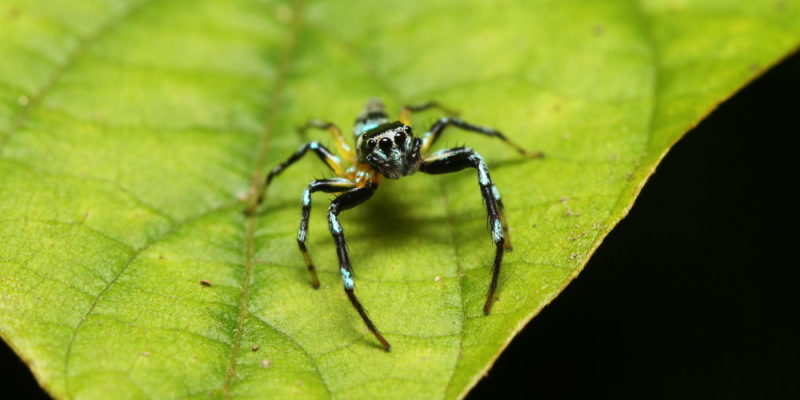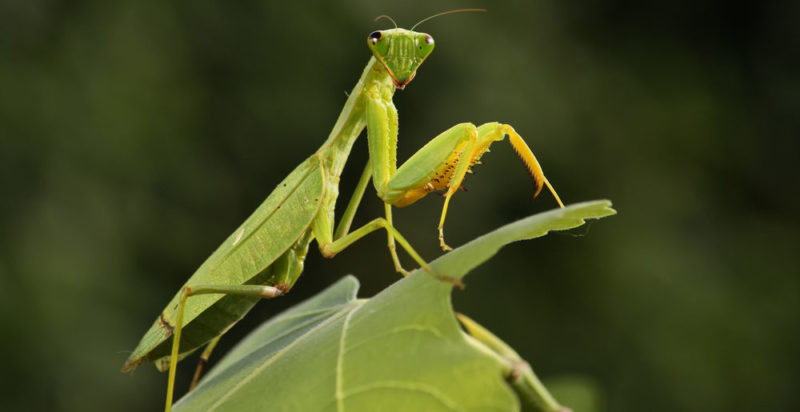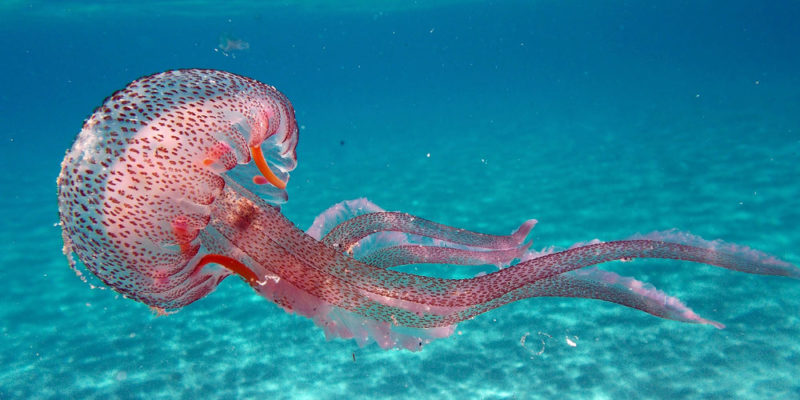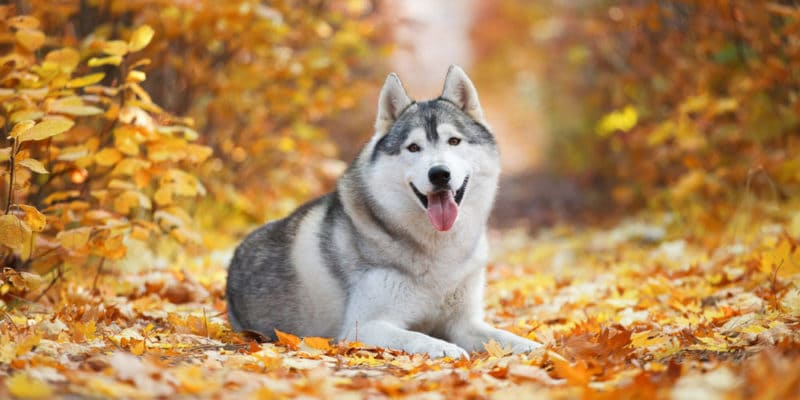We explain what invertebrate animals are, how these species are classified and what their main characteristics are.
What are invertebrate animals?
Invertebrate animals are those that lack any type of internal skeleton, be it bone or cartilaginous . They are generally small animals , and the variety of species that it includes is very wide.
It serves as a large scale of categorization for a group of animals, in contrast to those that enter the classification of vertebrates . But these are not completely unrelated, even both classifications include within themselves a clearly established group of animal species that share certain characteristics between them.
Invertebrates form the largest group of animals on our planet , and although it is very characteristic that many of them are covered or protected by some type of hard covering, such as the shell of a snail, the most important thing is that they lack a backbone. .
Below we list the characteristics, examples of invertebrates and their classification.
Invertebrate Characteristics :
They represent 95% of the species
Invertebrates comprise 95% of all species that exist today . This classification includes both lacking evolution animals as well as the most evolved ones.
-
Most are arthropods
 Most of the invertebrate animals are arthropods , within which we can find the insects that are most of this animal species that represents the group of invertebrate animals, but within the invertebrate arthropods we can also name: Crustaceans , Myriapods and Arachnids.
Most of the invertebrate animals are arthropods , within which we can find the insects that are most of this animal species that represents the group of invertebrate animals, but within the invertebrate arthropods we can also name: Crustaceans , Myriapods and Arachnids.
They have an internal classification
As we have seen before, within the group of invertebrates, we can find other classifications such as arthropods, but also: mollusks , jellyfish, sponges, worms and echinoderms.
-
Their bodies are very varied
 Due to the variety of invertebrate species, we can find functional and structural variations . And we can clarify that: insects have a body with a head, thorax and abdomen. Arachnids and Crustaceans have a body divided into cephalothorax and abdomen. And the Mollusks have a body divided into: head, foot, visceral mass and mantle.
Due to the variety of invertebrate species, we can find functional and structural variations . And we can clarify that: insects have a body with a head, thorax and abdomen. Arachnids and Crustaceans have a body divided into cephalothorax and abdomen. And the Mollusks have a body divided into: head, foot, visceral mass and mantle.
They share some kind of symmetry
Despite finding characteristics that are fulfilled in all the animals that make up this group, there is a good proportion that share one or another similarity, within which we can name that some present Radial Symmetry , while others present Bilateral Symmetry, which are the so-called Radiated or Bilateral
-
They have no specific habitat

-
Relationship with vertebrates
Some species are attracted by song
In order to follow the objective of all living beings , which is to preserve species through reproduction , some invertebrates use song for the first step, which is attraction . Among them: crickets, cicadas, grasshoppers.
-
Most have mobility
Undergo metamorphosis

Most of them, represented by insects, undergo a process of great structural and functional changes , from birth to adulthood. Specifically, insects show cyclical growth, in which there are periods of both high activity and static periods.
The above content published at Collaborative Research Group is for informational and educational purposes only and has been developed by referring reliable sources and recommendations from experts. We do not have any contact with official entities nor do we intend to replace the information that they emit.
Luke is passionate about fostering student involvement and connection. He studied psychology for his major and likes learning about the past. Luke aims to specialize in artificial intelligence and cybersecurity. .
Leave a reply
Your email address will not be published. Required fields are marked *Recent post

Sport: What Is It, Types, Risks, Features, Characteristics and Examples

Dogs: Emergence, Features, Characteristics, Feeding and Breeds

Story: Definition, Elements, Structure, Features and Characteristics

